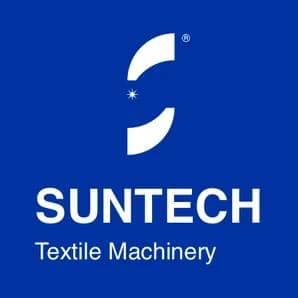In the textile industry, fabric quality control is the core link to ensure product qualification rate, corporate reputation, and customer satisfaction. However, the traditional manual fabric inspection mode often relies on a large amount of manpower, which is not only costly and inefficient, but also difficult to standardize quality control. With the in-depth application of AI technology in the field of industrial manufacturing, AI fabric inspection is becoming an important breakthrough in solving the problem of human resource allocation.
Disadvantages of Traditional Fabric Inspection
The traditional fabric inspection link, especially in the stage of printing and dyeing, finishing, or before the finished fabric is shipped out, relies heavily on manual visual inspection. This method faces many challenges:
Labor-intensive and high costs: Each production line needs to be equipped with a number of fabric inspection workers, and the overall manpower expenditure is huge under the 8-hour shift system.
It is difficult to unify the operating standards: There are differences in the judgment standards of different personnel, resulting in uneven inspection results.
Efficiency is limited by the limits of the human body: it is difficult to maintain long-term concentration, which can easily lead to missed inspections or misdetections, and a high rework rate.
High training and turnover costs: Newcomers need a long training cycle, and the industry has high labor intensity, limited benefits, and frequent personnel turnover, which further increases management pressure.
Faced with these challenges, companies urgently need a solution that can both ensure quality and optimize human resource allocation.
Core Advantages of AI Fabric Detection
The AI fabric detection system uses high-precision camera equipment and deep learning algorithms to achieve full-width and full-time intelligent recognition of the fabric surface. The main advantages include:
7x24 hours continuous operation: not affected by fatigue, no shifts required, and continuous high efficiency.
Uniform standards, stable output: the algorithm judgment basis is unified and not affected by individual differences.
Automatically record and track defect data: the system generates visual reports and graphs for subsequent statistics and analysis.
Quickly adapt to different fabrics and defect types: support continuous learning and algorithm iteration, and continuously improve recognition accuracy.
Through these technical means, AI fabric detection has greatly reduced its dependence on manual labor and provided conditions for the redistribution of human resources.
Manpower Optimization Changes Brought by AI Fabric Inspection
Reduce the Number of Basic Positions
After the AI fabric inspection system was put into use, a fabric inspection device that originally required two to three people to operate alternately can now be managed by one person for the monitoring and management of multiple devices, greatly reducing the labor demand at the basic operation level.
Release Manpower and Invest in Higher-Value Links
Employees engaged in traditional fabric inspection work can transfer to more valuable positions through skills training, such as equipment maintenance, data analysis, process optimization, etc. This not only improves the career development space of employees, but also enhances the flexibility and overall efficiency of the internal human resources of the enterprise.
Reduce Personnel and Training Pressure
The AI system reduces the dependence on continuous training and filling of new workers, which significantly reduces the cost of human recruitment and management of enterprises. At the same time, stable equipment performance also reduces the uncertainty of "setting positions according to people", and promotes the development of enterprises in the direction of standardization and automation.
Conclusion
The ultimate goal of technological progress is to allow "people" to return to higher-value work. The promotion of AI fabric testing is not to replace people, but to liberate people from repetitive and inefficient operations, thereby achieving skill improvement, structural optimization and a leap in the overall competitiveness of the enterprise.
For textile companies, now is the best time to deploy AI testing systems, reshape human resource allocation, and achieve cost reduction and efficiency improvement.







